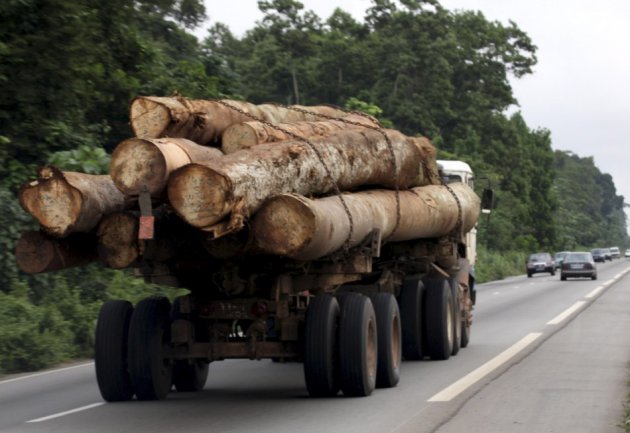 The Congo Basin rainforest is second only to the Amazon in size. (c) Joint Research Centre
The Congo Basin rainforest is second only to the Amazon in size. (c) Joint Research Centre
Sprawling across the heart of Africa, the Congo Basin rainforest is second only to the Amazon in size. And this latest study reveals that it's in far better health than expected.
Using images taken from satellites, researchers tracked how the dense swathes of foliage changed over time. They found that during the 1990s, nearly 3,000 sq km of forest were being felled each year.
But in the decade to 2010 the rate of deforestation slowed. Fewer than 2,000 sq km were lost - an overall decrease of a third.
The scientists believe this is partly down to improved conservation measures. But they also note that the region's economic priorities have changed.
Elsewhere around the world, rainforests are being cleared to make way for agriculture, but in central Africa, a focus on mining and oil has left the Congo Basin more intact.
The scientists say that the Congo Basin plays a key role in storing carbon - and losing areas of it would have a large impact on climate change.
SHOW ALL | HIDE ALL
spreading out in a disorganised way
very large areas
leaves of different sizes
most important things
removed
searching for valuable materials in the ground
undamaged; in its original condition
an important function
keeping carbon out of the atmosphere
variation over time in the world's temperatures and weather patterns